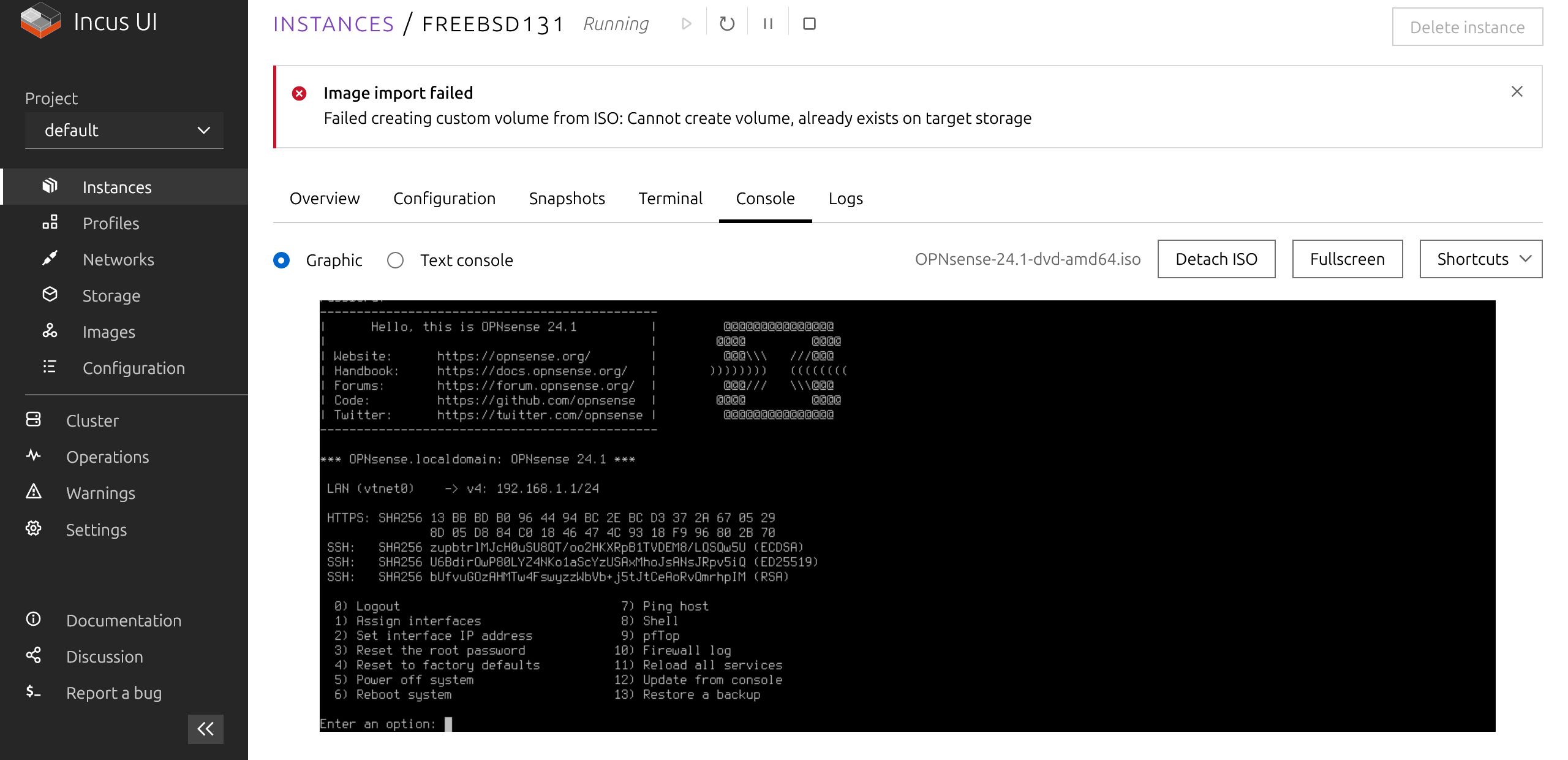

This is the setup I have (Nextcloud, Keepass Desktop, Keepass2android+webdav) and k2a handles file discrepancies very well. I always pick “merge” when it is informing me of a conflict on save. Have been using it like that for years without a problem.
Edit: added benefit, I have the Keepass extension installed in my Nextcloud, so as long as I can gain access to it, I have access to my passwords, no devices needed.

Here’s the
docker statsof my Nextcloud containers (5 users, ~200GB data and a bunch of apps installed):No DB wiz by a long shot, but my guess is that most of that 125MB is actual data. Other Postgres containers for smaller apps run 30-40MB. Plus the container separation makes it so much easier to stick to a good backup strategy. Wouldn’t want to do it differently.